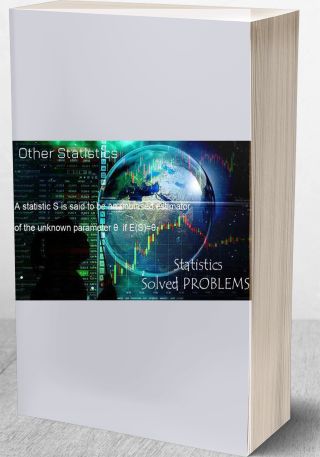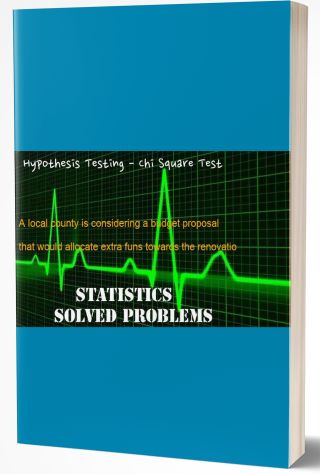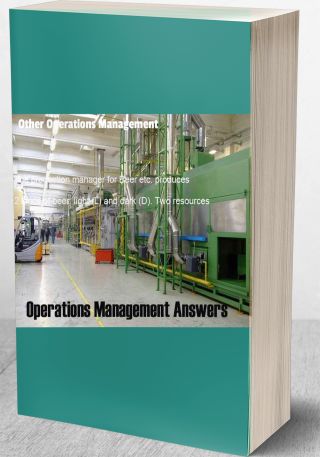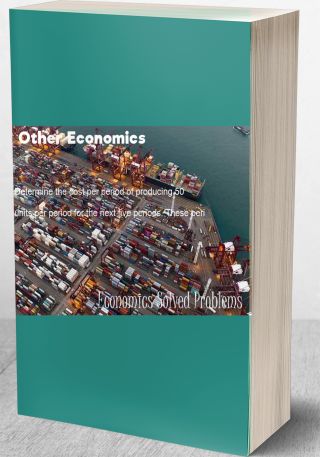A statistic S is said to be an unbiased estimator of the unknown parameter θ if E(S)=θ
Question: A statistic S is said to be an unbiased estimator of the unknown parameter \(\theta \) if \(E\left( S \right)=\theta \), otherwise S is said to be biased and the \(bias=E\left( S \right)-\theta \). Suppose that two independent measurements, m(1) and m(2), are made of the length of a side of a square piece of sheet metal of unknown length, L. The measurements are subject to a measurement error, \(e\left( i \right)\), that has a mean = 0 and a standard deviation of \(\sigma \). That is \(m\left( i \right)=L+e\left( i \right)\). Two suggestions are made for estimators to use as an estimate the unknown area \({{L}^{2}}\). The two suggested estimators are: \(S\left( 1 \right)={{\left( \frac{m\left( 1 \right)+m\left( 2 \right)}{2} \right)}^{2}}\) and \(S\left( 2 \right)=\frac{m{{\left( 1 \right)}^{2}}+m{{\left( 2 \right)}^{2}}}{2}\). That is S(1) averages the two measurements and then squares them, whereas S(2) squares the two measurements and then averages them. Which one of the following statements is true?
Hint: Recall that \(Var\left( X \right)=E\left( {{X}^{2}} \right)-E{{\left( X \right)}^{2}}\) and use the fact that if X and Y are independent \(E\left( XY \right)=E\left( X \right)E\left( Y \right)\)
Deliverables: Word Document



![[Solved] A cereal researcher tests three different brands of breakfast drinks to see how many milliequivalent #214 Hypothesis Testing](/images/downloads-images/featured/Statistics-question-5477.jpg)
![[Solution] Parametric tests (such as / or ANOVA) differ from nonparametric tests (such as chi-square) primarily #19923 Hypothesis Testing - Chi Square Test](/images/downloads-images/featured/Statistics-question-7210.jpg)


